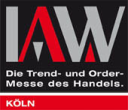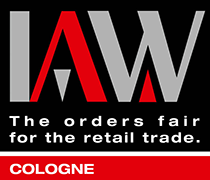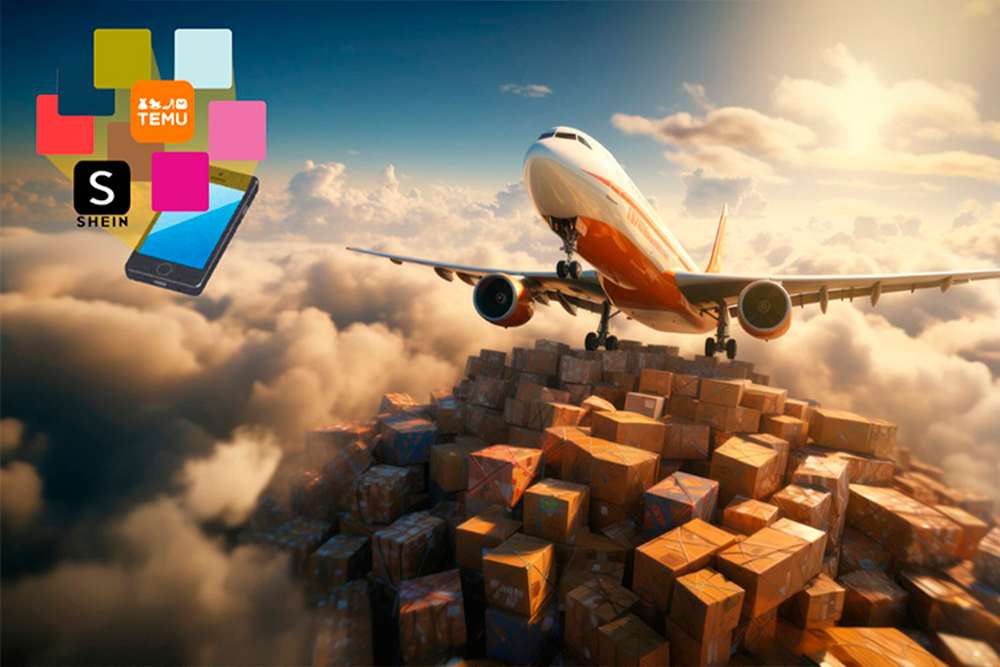Made in China – About international supply chains and alternative sourcing
From children’s toys to coffee machines and jeans: “Made in China” is omnipresent. The “Made in China” label, often associated with cheap and low-quality products, illustrates the development of a globalized world. Where does Chinese economic power come from? What impact does China have on the global economy? Where is the trend in global sourcing heading? And how can European retailers react to this situation?
“Since the 1970s, China has promoted market economy reforms and opened up to direct investment and international trade in the course of the 1990s. This created the basis for the relocation of production facilities to China and the integration of the Middle Kingdom into the global economy,” explains Prof. Dr. Gunther Schnabl, Professor of Economic Policy at Leipzig University. When a lot of capital flowed into China in the early 2000s and China joined the World Trade Organization, the rise of the Asian country could no longer be stopped.
Since then, the majority of global sourcing has been carried out via China. The main reason: low costs due to low operating costs, cheap raw materials, a stable energy economy and low wages. The “Sourcing in China” study by msg systems ag found that the cost advantage continues to be more important to most companies than the critical media coverage of the social and environmental situation in China.
China’s rapid rise after the turn of the millennium had positive consequences: “Between 2000 and 2014, China was a major growth driver for the global economy. Because the production of inexpensive goods has grown strongly, this has brought considerable gains in prosperity in the industrialized countries,” explains Prof. Dr. Gunther Schnabl.
However, mass production is also associated with risks: 95% of all companies that purchase products in China report occasional quality defects, particularly in production and the raw materials used, according to the “Sourcing in China” study. Retailers who rely too much on China also risk becoming dependent on suppliers there: Increasing geopolitical tensions, a strengthening influence of the Chinese state on the economy and rising labor costs could jeopardize the attractiveness of China as an export nation in the future. “Similar to Japan since the 1990s, China is likely to fail as a growth engine for the global economy in the future,” predicts Prof. Dr. Gunther Schnabl.
Sebastian Herz, founder and Managing Director of Zignify Global Product Sourcing, confirms that this development is already underway. “There is currently a massive movement towards nearshoring”, i.e. the sourcing of products from locations closer to the point of sale. Taking the German market as an example, imports are increasingly coming from south-eastern Europe, southern Europe or Turkey.
From a trade perspective, Sebastian Herz sees many reasons for China’s declining influence, including the US punitive tariffs that the Trump administration has imposed on Chinese imported products and which make China unattractive as a production location for US companies.
The transportation of Chinese products is also a key factor. Container prices are currently rising sharply, partly due to an artificial shortage of supply by shipping companies. The result: rising costs and falling margins. Last but not least, the long transportation times are a problem for retailers and companies that rely on Chinese products. The risks resulting from the long transportation route were demonstrated in 2021 by the blockade of the Suez Canal by a stuck container ship. In addition, piracy poses a serious threat on major trade routes. Pirates force shipping companies to sail longer routes, for example around the Cape of Good Hope, which massively increases delivery times and further delays production and delivery processes.
What can retailers do now to keep up with the developments surrounding the uncertain situation in China as a production location? One effective tool: diversification of supply chains. 40% of the companies surveyed in the “Sourcing in China” study stated that they prefer to have a pool of 10-50 strategic suppliers to choose from. Long-term thinking companies also make sure that their suppliers are spread across several countries. Other Asian countries, such as Vietnam, India or Thailand, can be just as attractive sourcing locations as Eastern European and American countries. “Relocating production to other countries does involve costs, but it also helps to diversify geopolitical risks,” says Prof. Schnabl. In addition to independence, switching to other countries offers the advantage of specialization: different nations focus on different sectors in terms of both production and the training of skilled workers, which European retailers can take advantage of when selecting their suppliers.
Sebastian Herz from Zignify Global Product Sourcing observes in his daily work that China will continue to play a major role, but: “There is a growing awareness of the need to move production closer to the markets. Although production in other countries, for example in southern Europe, is associated with higher costs, it reduces delivery times and therefore the amount of capital tied up. Importing companies are becoming more flexible as a result of this development, also because they can order smaller quantities more often instead of having to make bulk purchases in faraway countries.
Retailers who care about the quality of their products can also introduce regular quality controls and audits to quantify the performance of their suppliers and identify quality issues at an early stage. Although a focus on sustainable suppliers and production facilities is associated with costs, it can also strengthen the company’s image in addition to the ethical benefits.
Meanwhile, Prof. Dr. Gunther Schnabl advises prudence in the current trade conflict with China: “Europe should not counter China’s export subsidies with tariffs. This could provoke a trade conflict that would not only affect China, but also export-dependent Germany in particular. In the past, many German companies have always reinvented themselves when they were under great competitive pressure. Germany still has sufficient know-how and a well-qualified workforce to make itself fit for the world again,” says the Leipzig University professor.
What remains in the end: A strengthening China has shifted the focus of the global economy to Asia in recent decades – but the Chinese rise does not seem unstoppable. By diversifying their suppliers, European retailers can avoid dependence on individual countries and also counteract geopolitical risks. Will the “Made in China” label still be omnipresent in the future?
Author: Konrad Schröter, Freelance Journalist, Leipzig



